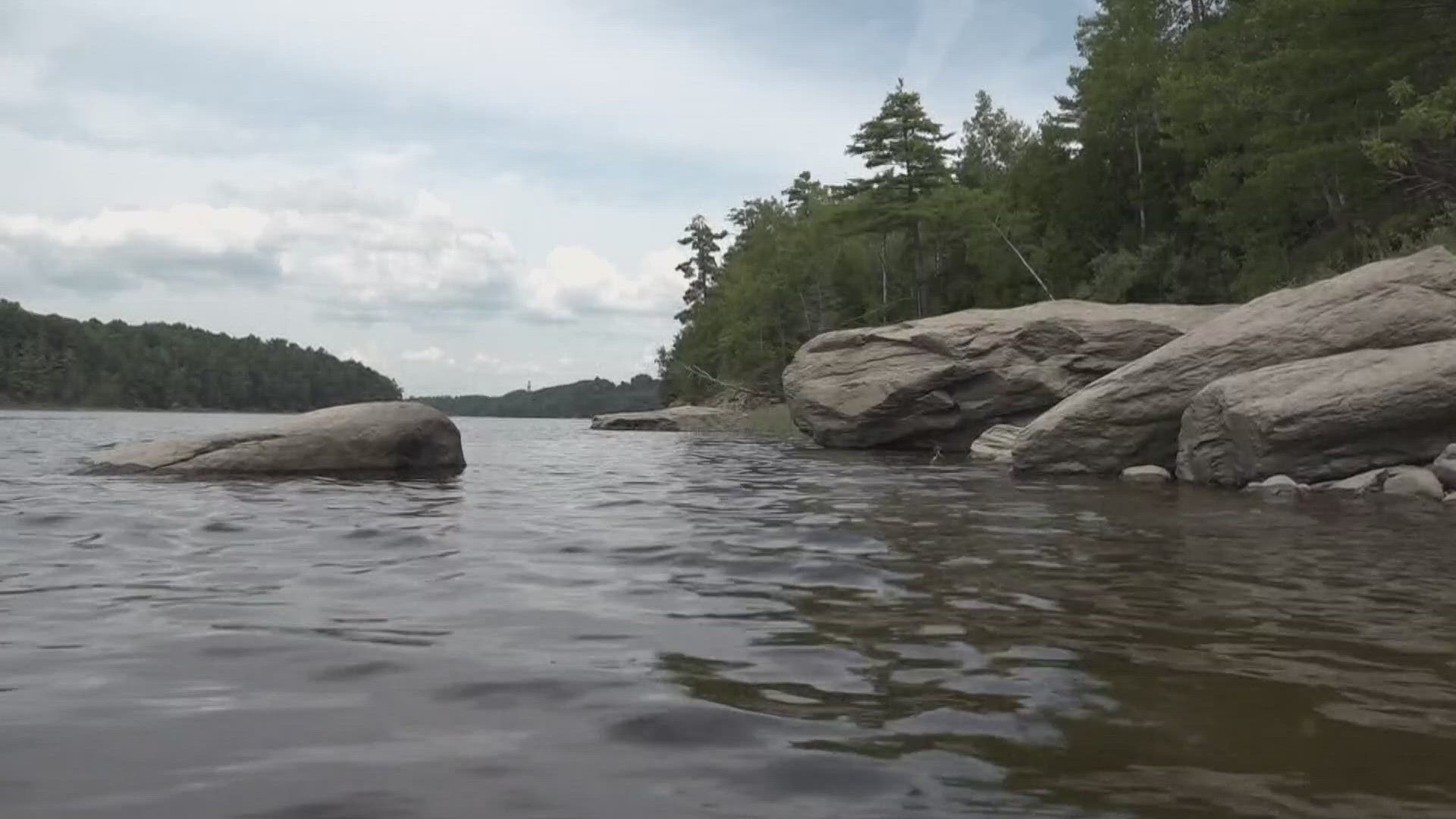ORRINGTON, Maine — As efforts continue to clean up the site of the former HoltraChem Manufacturing plant in Orrington, a new debate is emerging over a court-ordered plan to remove pollutants spilled into the nearby Penobscot River.
In 2000, a pair of organizations — Maine People’s Alliance and the Natural Resources Defense Council — filed a suit against HoltraChem's parent company, Mallinckrodt, demanding research and remediation of mercury-laden wastewater dumped from the Orrington site.
Decades later, in 2022, a consent decree following a settlement was finally approved by a judge, with Mallinckrodt agreeing to pay at least $187 million to decontaminate the waters of the Penobscot River Estuary.
As part of the plan, the company Greenfield Environmental Trust Group, Inc. will take charge of the cleanup. On July 19, the company introduced its strategy to the public to cover more than 130 acres of tidal flats between Orrington and Bucksport with a natural cap. The method, as Bucksport Town Manager Susan Lessard describes it, is quite simple:
“Capping is just what it sounds like … covering it up,” Lessard said.
If finally approved, Greenfield would put a thin layer of sand on contaminated areas of the Penobscot, with the goal of speeding up the natural process of sediment settling over mercury-contaminated soil.
Jesse Graham, who serves as co-director of the Maine People’s Alliance, has been involved in the cleanup effort from the beginning, joining as an original plaintiff in the suit against Mallinckrodt. To him, the capping method is a vital part of a larger strategy.
“The grand vision is to accelerate the cleanup to move it a lot faster than what would be happening through natural systems,” Graham said.
Although the cap method was explored at length through court-appointed engineering studies, there is some hesitation by locals.
Mike Ormsby is the harbor master at Bucksport, and it's a role he’s had for years. He respects the research done on capping but is worried that added sediment could run off during a cold winter.
“What happens in the wintertime when the tide is going out? The ice is floating down the river. It scrapes the dirt,” he added. “I think it depends on the ice we have every winter. I personally believe that cap will get washed in the middle of the river eventually.”
In a statement, Greenfield explained their strategy for removing mercury runoff by the Orrington plant. The group’s program manager, Lauri Gorton, said capping would “immediately reduce concentrations of mercury in surface sediment.”
“Capped areas are expected to change over time as the natural recovery of the estuary progresses," Gorton said.
Still, it could be a while before any remediation efforts go forth. Greenfield first needs to take sediment samples from the shore of the Penobscot River, which requires the consent of private landowners. The organization predicts the first steps in cleaning up the site will happen in 2025.
More NEWS CENTER Maine stories

